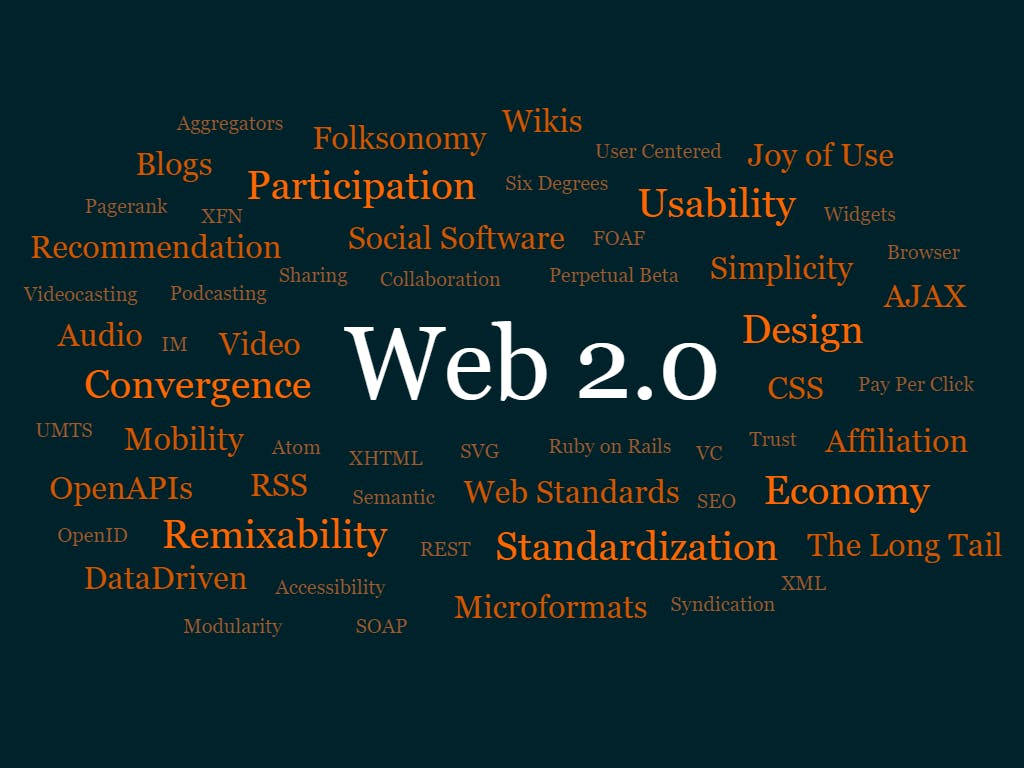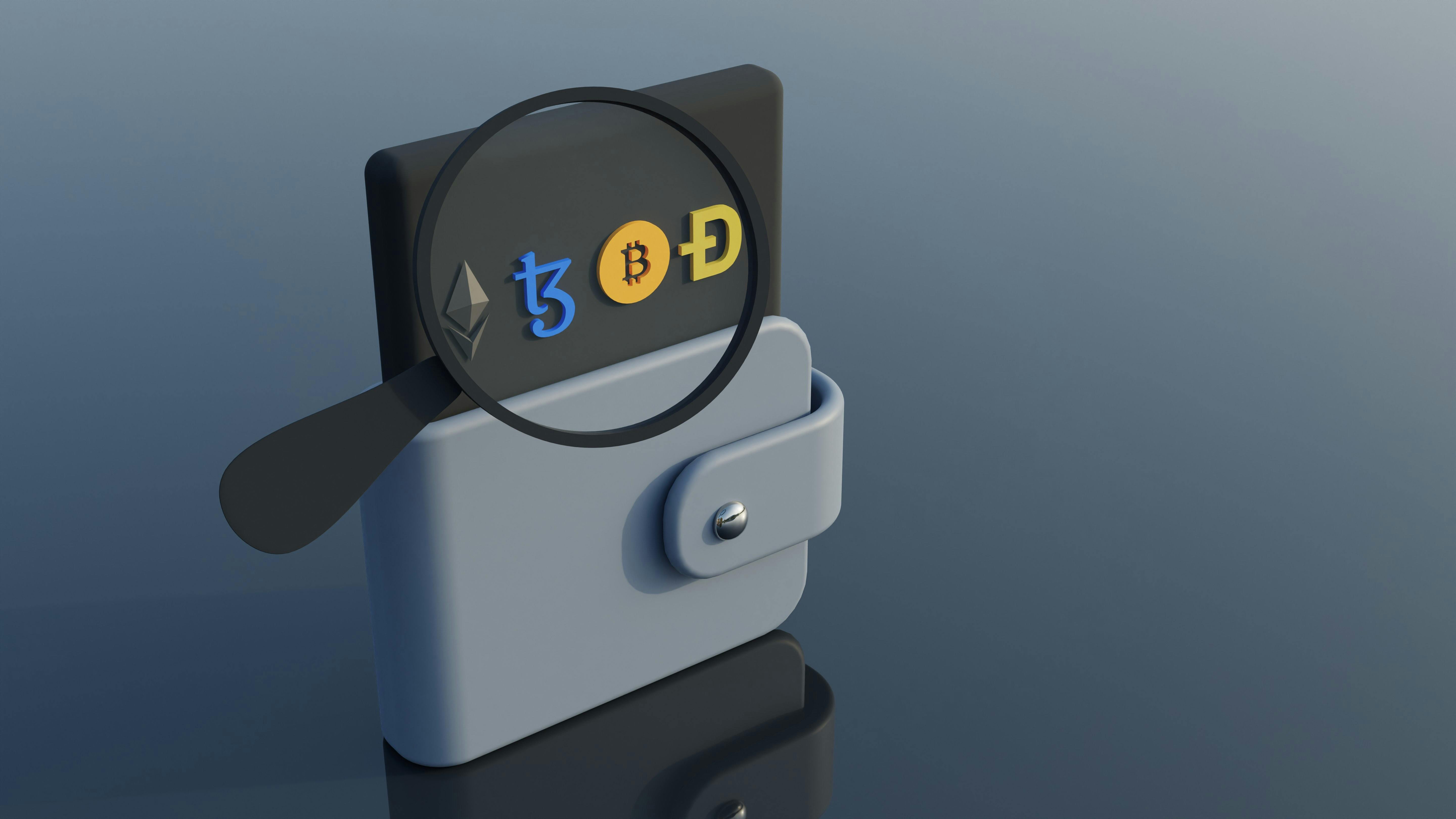WEB 3.0: What is Web 3.0?
Have you heard about Centralization and Decentralization? Yeah, I know Decentralization is the talk of the world now, the power is getting to a point where everyone to Read View and Own the Internet... Thanks to Web 3.0
This article should be an introduction to Web 3.0 but I will be talking mainly about what Web 3.0 mean, its decentralization and the benefits it's bringing to the world of the Internet.
Centralization has helped locally available billions of individuals to the World Wide Web and made the steady, powerful foundation on which it lives.
Simultaneously, a modest bunch of brought together substances have a fortress on huge wraps of the World Wide Web, singularly concluding what endlessly ought not to be permitted. Web3 is the solution to this difficulty. Rather than a Web hoarded by huge innovation organizations, Web3 embraces decentralization and is being fabricated, worked, and possessed by its clients. Web3 places power in the possession of people as opposed to partnerships.
Yet, before we talk more about Web3, let’s take a look at how we arrived a little.
The Evolution Of the Web

Many people consider the Web a consistent mainstay of present day life, it was created and has recently existed since. Notwithstanding, the greater part of us realize today is very not quite the same as initially envisioned. To know this better, it's useful to break the Web's short history into their evolution, Web 1.0 , Web 2.0 to Web 3.0.
Web 1.0 - Read Only Web

In 1989, at CERN, Geneva, Tim Berners-Lee was caught up with fostering the conventions that would turn into the World Wide Web. His thought? To make open, decentralized conventions that permitted data sharing from anyplace on Earth, the primary initiation of Berners-Lee's creation, presently known as 'Web 1.0', happened generally between 1990 to 2004.
Web 1.0 was predominantly static sites claimed by organizations, and there was near no communication between clients i.e it was absolutely impossible for clients to change the information or transfer their own.
Social communications were restricted to straightforward talk couriers and gatherings - people rarely created content - prompting it being known as the read-only web.
Web 2.0 - Read and Write Web

The Web 2.0 period started with the rise of online entertainment stages, rather than a read only web, the web developed to be perused compose. Rather than organizations giving substance to clients, they likewise started to give stages to share client produced content and participate in client to-client co-operations.
With Web 2.0, clients had the option to communicate with sites through data sets, server-side handling, and structures. These devices changed the web insight from a static to a unique (dynamic) web.
As additional individuals came on the web, a small bunch of top organizations started to control an unbalanced measure of the traffic and worth created on the web. Web 2.0 likewise birthed the publicizing driven income model.
While clients could make content, they didn't possess it or advantage from its adaptation because it’s centralized.
The new generation of Web
Web 3.0 - Read - Write - Own

The reason for 'Web 3.0' was begotten by Ethereum co-founder Gavin Wood soon after Ethereum was sent off in 2014. Gavin put words to an answer for an issue that numerous early crypto adopters felt: “the Web required an excess of trust”.
That is, the majority of the Web that individuals know and use today depends on confiding in a modest bunch of privately owned businesses to act in the public's well-being. Check out Gavin What is Web 3.0 with CNBC at one of the episodes “Beyond the Valley”
The development of a semantically wise web checks out while checking the Internet's set of experiences out. Information was first statically introduced to clients. Then clients could connect with that information powerfully.
Presently, calculations will utilize all that information to further develop client experience and make the web more customized and natural. You just have to take a look at YouTube or Netflix to see the force of calculations and how they have previously moved to the next level.
Web 3.0, while not completely characterized, can use shared peer-to-peer(P2P) technologies like Blockchain, Open-source Programming, Virtual Reality, the Internet of Things (IoT), and that's only the tip of the iceberg. Web 3.0 additionally expects to make the Internet more open and decentralized. In the ongoing structure, clients depend on network and cell suppliers that entrance their own information and data.
With the appearance of appropriate record advances, that before long could change, and clients could reclaim responsibility for information.
Heart of Web3 (Cores)
In spite of the fact that it's trying to give an unbending meaning to what Web3 is, a couple of centre standards guide its creation.
1. Decentralization of Web 3.0: rather than huge wraps of the web controlled and claimed by unified substances, proprietorship gets disseminated among its developers and clients, also power are being given to the users to build and own.
2. Web3 doesn’t need authorization before taking part: everybody has equivalent admittance to take part in Web3, and nobody gets rejected.
3. Web3 has local instalments: it involves digital currency for spending and sending cash online as opposed to depending on the obsolete framework of banks and instalment processors.
4. Web3 is Trustless: it doesn’t rely on third parties mechanisms, which makes its trustless, this might not be safe.
Benefits of Web 3.0
Web 3.0 has its benefits which are the things people love about the ecosystem, the ecosystem is kind of unique and good for its evolution.
1. Responsibility for Information or Data: The end clients will recapture the total proprietorship and control of their information and have the security of encryption. Data could then be shared on consent/need or made to order premise. Presently, the huge associations like Facebook and Amazon have different number of servers putting away private data on pay, interests, dietary inclinations, charge cards, and so on. These pieces of information are not gathered simply to upgrade their administrations, but rather the information is offered to the promoters and advertisers who pay billions of dollars consistently.
2. Admittance to Information: One of the main advantages of Web 3.0 is the change towards having the option to get to the information from anyplace and is chiefly determined by the weighty use of Smartphone and Cloud applications. The vision is to guarantee the client can approach data however much as could reasonably be expected from anyplace on the planet. The innovation means to grow the thought in manners that permit gadgets to gather client information and letting cell phone to get to information on your PC.
3. End of the Central Point of Control: The blockchains like Ethereum give a believed stage in which the information is completely encoded, and the principles are tough. Thus, the mediators are wiped out from the situation. Apple and Google will presently not be in charge of the client information. No Government or element will can kill administrations and destinations, and no individual has some control over the characters of others.
4. The Permissionless Blockchain: Anyone can make a location and interface with the blockchain network. The position to get to permissionless blockchains couldn't possibly be more significant. The clients will be not be confined by virtue of their pay, geology, direction, orientation or a progression of other demographical and humanistic variables. The computerized resources and abundance can be moved productively, immediately, cross-line, anyplace internationally.
5. Continuous Service: The suspension of account and denial of distributed services are reduced dramatically. Since there is no weak link, the help interruption will be an absolute minimum. The information will be put away on the conveyed hubs to guarantee overt repetitiveness, and different reinforcements will forestall seizure or server disappointment.
## How does Cryptocurrency Fit Into Web 3.0
Blockchain and Cryptocurrency have extraordinary potential with regards to Web 3.0. Decentralized networks effectively make drive for additional capable information proprietorship, administration, and content creation. This made it one of the biggest talk in the Web 3.0 ecosystem A portion of its most pertinent perspectives for Web 3.0 include:
1. Computerized Cryptocurrency wallets: Anyone can create a wallet that permits you to make exchanges and goes about as a computerized personality. There's compelling reason need to store your details or make a record with a concentrated specialist co-op. You have all power over your wallet, and frequently a similar wallet can be utilized across different blockchains.
2. Decentralization: The straightforward spread of data and power across an immense assortment of individuals is basic with blockchain. This is as opposed to Web 2.0, where enormous tech monsters rule big region of our internet based lives.
3. Computerized economies: The capacity to claim information on a blockchain and utilize decentralized exchanges makes new advanced economies. These permit us to effectively esteem and exchange online products, administrations, and content without the requirement for banking or individual details. This transparency further develops admittance to monetary administrations and engages clients to start procuring.
4. Interoperability: On-chain DApps and information are progressively turning out to be more viable. Blockchains assembled utilizing the Ethereum Virtual Machine can undoubtedly uphold each other's DApps, wallets, and tokens. This further develops the universality required for an associated Web 3.0 experience.
Conclusion
The development of the Internet has been a long journey and will most likely go on towards additional cycles. With the massive blast of accessible information, sites and applications are changing to a more vivid web insight. While there is still no substantial definition for Web 3.0, the advancements are as of now moving. It should be obvious where we are heading, and blockchain, obviously, seems to be a critical piece of the Web 3.0 future.
